ONE-TRACK MOTORIZED SCREEN
Why One-Track

ONE-TRACK MOTORIZED SCREEN
Why One-Track

MAXFORCE PROVEN PROTECT
Engineered For Excellence
For nearly two decades, Fenetex has manufactured hurricane screens to meet the most demanding building code, the High Velocity Hurricane Zone of Miami-Dade. The MaxForce track is our newest version of the fixed track we have used with great success for high wind applications all over the globe.
The benefits of a fixed track are unmatched strength - this is important when designing a screen system for hurricanes. When you want the strongest system available, and a proven veteran of many hurricanes, the Fenetex MaxForce Hurricane Track is your best choice.
MAXFORCE PROVEN PROTECT
Engineered For Excellence
For nearly two decades, Fenetex has manufactured hurricane screens to meet the most demanding building code, the High Velocity Hurricane Zone of Miami-Dade. The MaxForce track is our newest version of the fixed track we have used with great success for high wind applications all over the globe.
The benefits of a fixed track are unmatched strength - this is important when designing a screen system for hurricanes. When you want the strongest system available, and a proven veteran of many hurricanes, the Fenetex MaxForce Hurricane Track is your best choice.
FENETEX THE #1 MOTORIZED HURRICANE SCREEN
Contact A+ Certified One-Track Screen Dealer Today...
FENETEX THE #1 MOTORIZED
HURRICANE SCREEN
Contact A+ Certified
One-Track Screen
Dealer Today...
ONE-TRACK HURRICANE SCREENS
Engineering Features

No blowouts. No rewraps. No frustration.
One-Track is the only retractable screen system on the market designed to stay locked in the track—even in high winds. Smart motor senses resistance and adjusts seamlessly, allowing self-correction when the screen encounters an obstacle: Fewer snags, fewer jams, and fewer costly service calls.
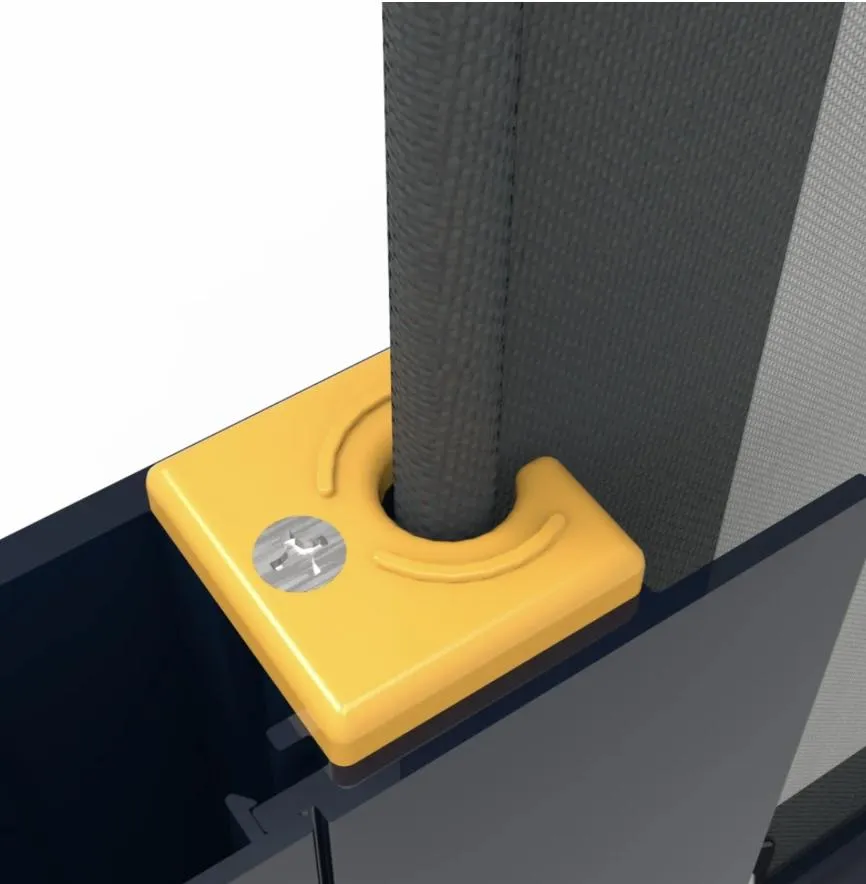
No Zipper. No Cable. Just Simple Deployment
Fenetex pioneered Keder-edge technology in motorized screens, delivering unmatched durability and simplicity. Borrowed from sailboat rigging, this system eliminates zippers, cables, and exposed hardware—ensuring smooth, reliable operation every time.
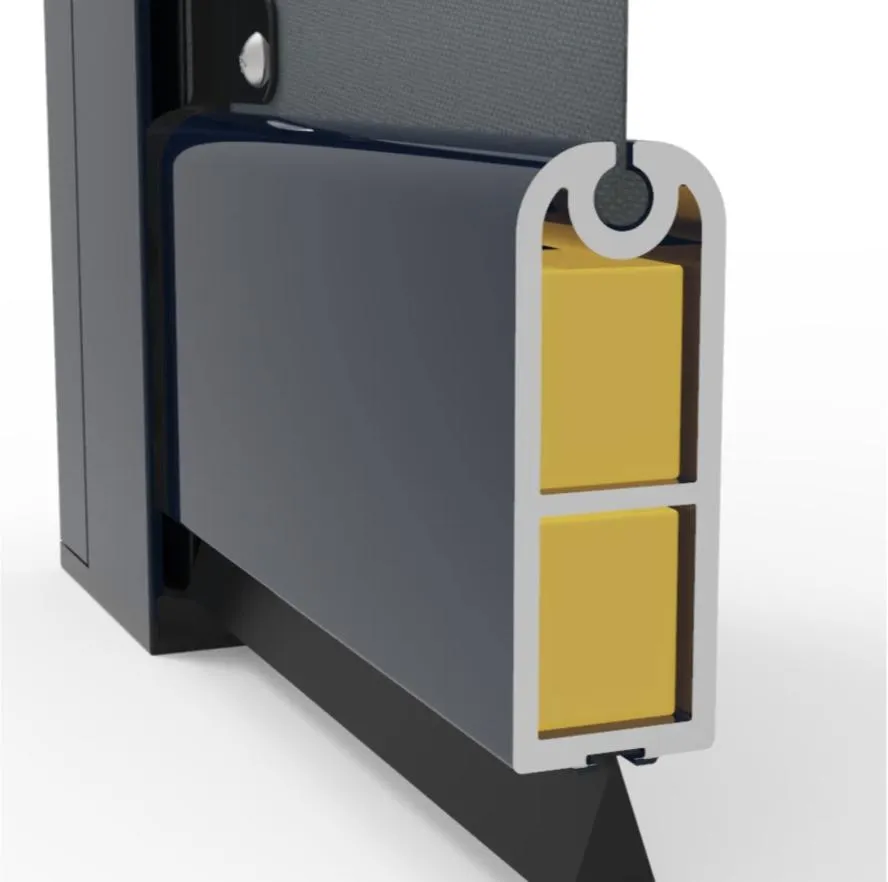
Heavy Duty
The One-Track weight bar is engineered for strength—and built to hold its ground. Pound for pound, it’s the heaviest and most robust weight bar in the industry. This ensures proper screen tension, flawless deployment, and maximum stability in high wind zones. —limited flex, no failure.
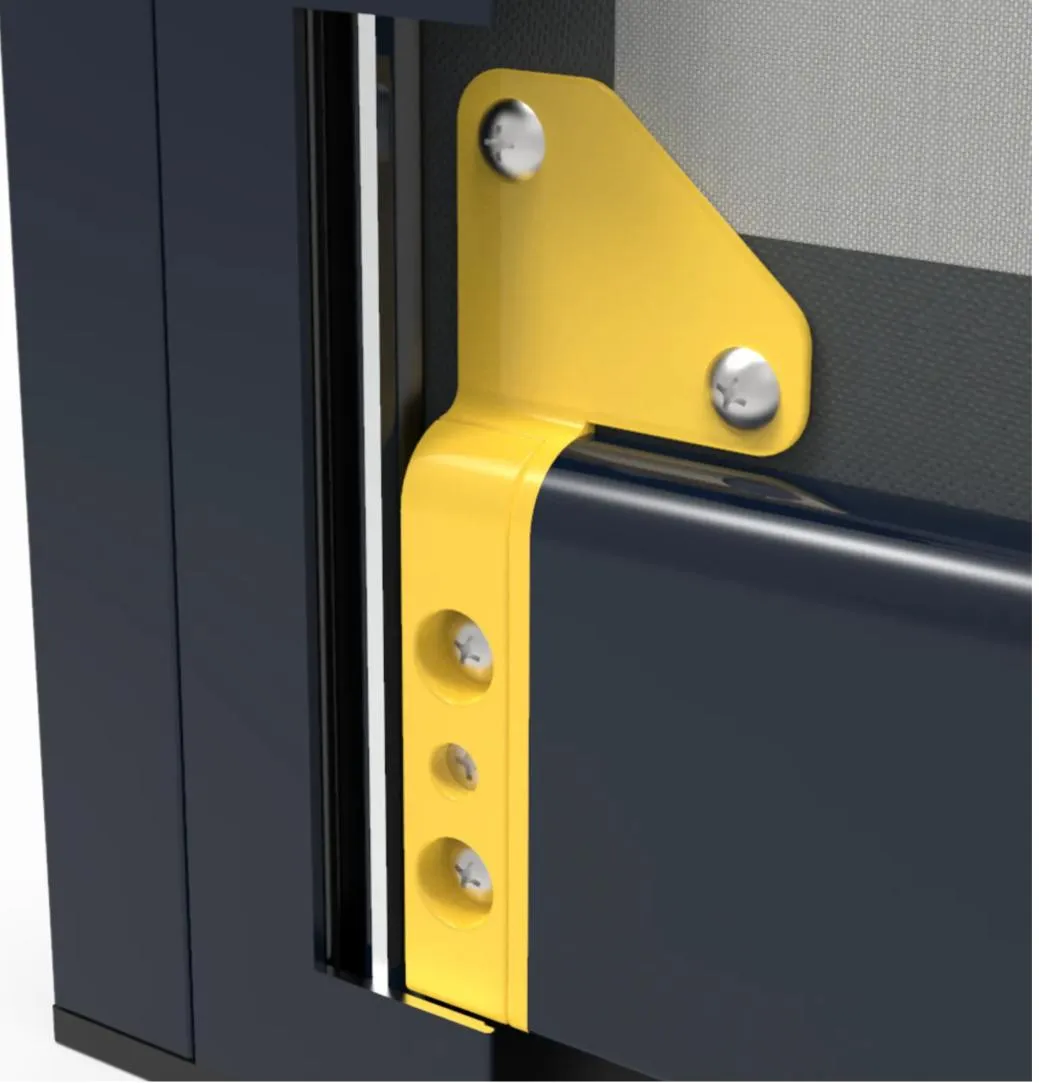
Reinforced Corners
One-Track’s heavy-duty weight bar isn’t just strong. It’s smart. Reinforced corners and integrated tie-ins create a unified structure that acts like a solid wall of protection when deployed. Made from high-strength nylon, this bar absorbs impacts while maintaining structural integrity.
ONE-TRACK HURRICANE SCREENS
Engineering Features

No blowouts. No rewraps. No frustration.
One-Track is the only retractable screen system on the market designed to stay locked in the track—even in high winds. Smart motor senses resistance and adjusts seamlessly, allowing self-correction when the screen encounters an obstacle: Fewer snags, fewer jams, and fewer costly service calls.

No Zipper. No Cable. Just Simple Deployment
Fenetex pioneered Keder-edge technology in motorized screens, delivering unmatched durability and simplicity. Borrowed from sailboat rigging, this system eliminates zippers, cables, and exposed hardware—ensuring smooth, reliable operation every time.

Heavy Duty
The One-Track weight bar is engineered for strength—and built to hold its ground. Pound for pound, it’s the heaviest and most robust weight bar in the industry. This ensures proper screen tension, flawless deployment, and maximum stability in high wind zones. —limited flex, no failure.

Reinforced Corners
OneTrack’s heavy-duty weight bar isn’t just strong. It’s smart. Reinforced corners and integrated tie-ins create a unified structure that acts like a solid wall of protection when deployed. Made from high-strength nylon, this bar absorbs impacts while maintaining structural integrity.

HEADACHE-FREE
Exclusive self-tensioning system eliminates 99.9% of screen issues. No track adjustments, broken zippers,or dislodged screens.

WHISPER QUIET
Springs ensure even tension for peaceful patio relaxation without unwanted screen noise.

HURRICANE STRONG
Our MagForce tracks and advanced hybrid ballistic fabrics withstand 150+ mph winds. Approved by Florida Building Commission for hurricane zones. Lab and real-world tested.
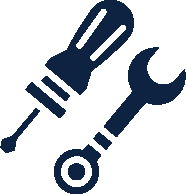
BUILT TO LAST
We use marine-grade materials such as powder-coated aluminum, UV-protected nylons, stainless steel fasteners, and premium fabrics. Resists corrosion, rust, and screen failure.

COST-SAVING
Exterior shade screens reduce cooling bills and Fenetex hurricane screens reduce insurance premiums in hurricane zones.
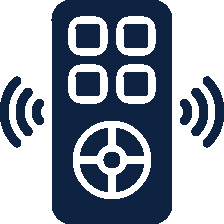
SMART CONTROLS
Control Fenetex screens via remote and
phone or integrate with popular home automation systems for advanced
capabilities.

SECURE TRACK
MaxForce Fix Hurricane Track holds
firm under extreme loads

MAX CORROSION PROTECTION
Powder Coated Aluminum Protects your investment from exposer and corrosion.

HEAVY-DUTY DESIGN
Our screens are designed to withstand the extreme. High wind, Rain, or Shine, Dust Dirt, Dander, it doesn't matter. MaxForce Cover it all.

CUSTOM-MADE SCREENS
Tailor-made screens with vast color,
fabric, and system options. Custom paint color and fabric matching are available.

LIFETIME WARRANTY
No other company can stand behind their products like Fenetex can because no other company can match our quality.
FENETEX THE #1 MOTORIZED
HURRICANE SCREEN
Contact A+ Certified
One-Track Screen
Dealer Today...

HEADACHE-FREE
Exclusive self-tensioning system eliminates 99.9% of screen issues. No track adjustments, broken zippers,or dislodged screens.

WHISPER QUIET
Springs ensure even tension for peaceful
patio relaxation without unwanted
screen noise.

HURRICANE STRONG
Our MagForce tracks and advanced hybrid ballistic fabrics withstand 150+ mph winds. Approved by Florida Building Commission for hurricane zones. Lab and real-world tested.

BUILT TO LAST
We use marine-grade materials such as powder-coated aluminum, UV-protected nylons, stainless steel fasteners, and premium fabrics. Resists corrosion, rust, and screen failure.

COST-SAVING
Exterior shade screens reduce cooling bills and Fenetex hurricane screens reduce insurance premiums in hurricane zones.

SMART CONTROLS
Control Fenetex screens via remote and
phone or integrate with popular home automation systems for advanced
capabilities.

SECURE TRACK
MaxForce Fix Hurricane Track holds
firm under extreme loads

MAX CORROSION PROTECTION
Powder Coated Aluminum Protects your investment from exposer and corrosion.

HEAVY-DUTY DESIGN
Our screens are designed to withstand the extreme. High wind, Rain, or Shine, Dust Dirt, Dander, it doesn't matter. MaxForce Cover it all.

CUSTOM-MADE SCREENS
Tailor-made screens with vast color,
fabric, and system options. Custom paint color and fabric matching are available.

LIFETIME WARRANTY
No other company can stand behind their products like Fenetex can because no other company can match our quality.
FENETEX THE #1 MOTORIZED HURRICANE SCREEN
Contact A+ Certified One-Track Screen Dealer Today...
ONE-TRACK
Ready For Life's Storms

ONE-TRACK HURRICANE SCREEN SYSTEM
A Certified, Tested System...
The MaxForce Hurricane Screen System meets or exceeds Miami-Dade and Florida Building Code requirements—the toughest hurricane codes on earth—for roll-down hurricane screens. Rated for the 185 MPH wind zone, and with real-world and certified testing. With spans of up to 24 feet, they exceed performance criteria for all local and International Building Codes.
ONE-TRACK
Ready For Life's Storms

ONET-RACK HURRICANE SCREEN SYSTEM
A Certified, Tested System...
The MaxForce Hurricane Screen System meets or exceeds Miami-Dade and Florida Building Code requirements—the toughest hurricane codes on earth—for roll-down hurricane screens. Rated for the 185 MPH wind zone, and with real-world and certified testing. With spans of up to 24 feet, they exceed performance criteria for all local and International Building Codes.
FENETEX THE #1 MOTORIZED HURRICANE SCREEN
Contact A+ Certified One-Track Screen Dealer Today...
FENETEX THE #1 MOTORIZED
HURRICANE SCREEN
Contact A+ Certified
One-Track Screen
Dealer Today...
THE FENETEX DIFFERENCE
One-Track Hurricane Screen
MaxForce Hurricane Screens, powered by our patented MagForce system, meet the toughest standards—including HVHZ certification in Miami-Dade and Broward. They last longer, resist more, and do more than any screen on the market—proven protection without compromise.
MaxForce Hurricane Screens —Delivers 365 days of perfect protection, rain or shine, on your patio and lanai. With the push of a button or a tap on the mobile app, your patio is storm-ready— furniture and openings fully protected in seconds.
MaxForce Hurricane Screens fabric blocks up to 95% of the sun’s damaging UV-rays while shielding against wind, rain, insects, dust, and debris. It also helps reduce heat and lower energy costs by limiting solar exposure—comfort and protection in one smart solution.
Like all Fenetex products, our MaxForce Hurricane Screens are highly customizable and built to order—made to fit your exact openings. No guesswork, no compromises—just precision-fit protection tailored to your space.
Pair our retractable MaxForce Hurricane Screens with other Fenetex screens for customized and independent solutions. Each screen operates independently, giving you the protection you want when you need it.
MaxForce Hurricane Screens offer built-in privacy without blocking your view. Like a two-way mirror, you can see out—but neighbors and passersby can not see in. It provides the perfect blend of openness and seclusion, day or night.
THE FENETEX DIFFERENCE
One-Track Hurricane Screen
MaxForce Hurricane Screens, powered by our patented MagForce system, meet the toughest standards—including HVHZ certification in Miami-Dade and Broward. They last longer, resist more, and do more than any screen on the market—proven protection without compromise.
MaxForce Hurricane Screens —Delivers 365 days of perfect protection, rain or shine, on your patio and lanai. With the push of a button or a tap on the mobile app, your patio is storm-ready— furniture and openings fully protected in seconds.
MaxForce Hurricane Screens fabric blocks up to 95% of the sun’s damaging UV-rays while shielding against wind, rain, insects, dust, and debris. It also helps reduce heat and lower energy costs by limiting solar exposure—comfort and protection in one smart solution.
Like all Fenetex products, our MaxForce Hurricane Screens are highly customizable and built to order—made to fit your exact openings. No guesswork, no compromises—just precision-fit protection tailored to your space.
Pair our retractable MaxForce Hurricane Screens with other Fenetex screens for customized and independent solutions. Each screen operates independently, giving you the protection you want when you need it.
MaxForce Hurricane Screens offer built-in privacy without blocking your view. Like a two-way mirror, you can see out—but neighbors and passersby can not see in. It provides the perfect blend of openness and seclusion, day or night.
FENETEX THE #1 MOTORIZED HURRICANE SCREEN
Contact A+ Certified One-Track Screen Dealer Today...
FENETEX THE #1 MOTORIZED
HURRICANE SCREEN
Contact A+ Certified
One-Track Screen
Dealer Today...
THE FENETEX DIFFERENCE
One-Track Hurricane Screen
AMERICAN INGENUITY
Made in the USA.
Proudly Made in the USA—every Fenetex screen is built with American strength, precision, and pride. From the smallest components to the final assembly, our materials are sourced and manufactured right here in the United States. No outsourcing. No compromises. Just hardworking Americans protecting American homes with the toughest screen system on the market.
THE FENETEX DIFFERENCE
One-Track Hurricane Screen
AMERICAN INGENUITY
Made in the USA.
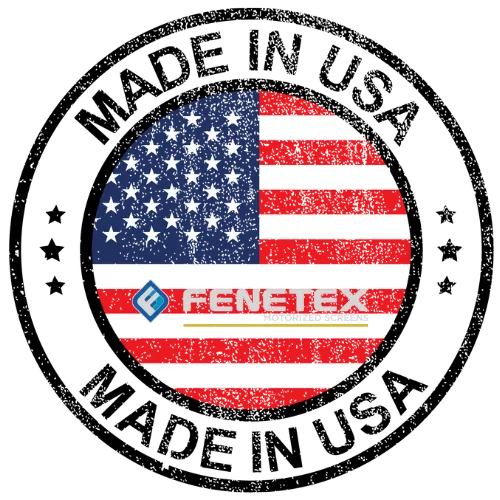
Proudly Made in the USA—every Fenetex screen is built with American strength, precision, and pride. From the smallest components to the final assembly, our materials are sourced and manufactured right here in the United States. No outsourcing. No compromises. Just hardworking Americans protecting American homes with the toughest screen system on the market.
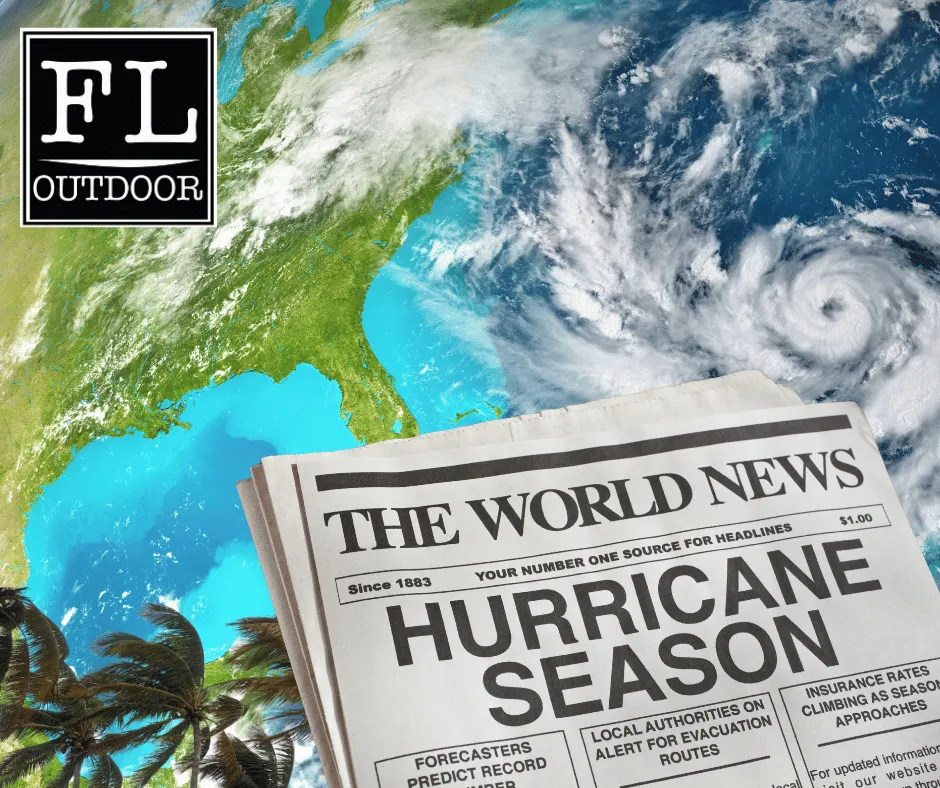
What Florida Homeowners Need to Know About HVHZ and Hurricane Insurance Before June
If you own a home in Florida, April isn't just the start of spring—it's the perfect time to get real about your storm season strategy. Why? Because once a named storm forms in the Atlantic, insurance companies may freeze your policy. That means no new coverage, no last-minute changes, and no safety net unless you’ve already taken care of it.
Whether you’re new to Florida or just haven’t looked at your policy in a while, this post breaks down what you need to know about hurricane insurance, how HVHZ (High Velocity Hurricane Zones) affect you, and what you can do right now to be storm-ready.
🌪️ What Is HVHZ and Why Should You Care?
HVHZ stands for High Velocity Hurricane Zone, a classification used in Florida’s building code that applies to areas most vulnerable to hurricane-force winds—primarily coastal regions like Miami-Dade and Broward Counties.
If your home is in an HVHZ:
Stricter building codes apply, especially for windows, roofs, and exterior attachments (yes, that includes patios and lanais).
Screen enclosures and storm protection must meet specific wind load and debris impact standards.
If you’re unsure whether your area qualifies, a licensed contractor like Florida Living Outdoor can help assess your home’s current level of storm resistance—and upgrade your outdoor spaces with MagnaTrack Motorized Screens that meet or exceed HVHZ codes.
📝 Understanding Hurricane Insurance in Florida
You might assume your homeowner’s policy automatically covers all hurricane damage—but that's rarely the case. Here’s what you should double-check before June:
1. The Hurricane Deductible
Florida policies include a separate hurricane deductible, usually between 2% and 10% of your insured dwelling value.
So, if your home is insured for $400,000 and you have a 5% hurricane deductible, you’re responsible for the first $20,000 in storm damage.
👉 Learn more at the Florida CFO site
2. Wind-Driven Rain
Damage caused by rain entering through wind-damaged openings (like windows, doors, or roof vents) may not be covered unless there is an actual breach in the structure.
3. Flood Insurance Is Separate
Standard homeowner’s insurance does not cover flooding from storm surge, rising groundwater, or flash floods.
You’ll need a separate policy through FEMA’s National Flood Insurance Program (NFIP) or a private insurer.
4. No Changes Allowed Once a Storm Is Named
The moment a storm is named and enters the forecast cone, insurance companies can issue a moratorium—meaning no changes, no new policies, and no upgrades. If your coverage isn’t up to par by then, you’re on your own.
👉 FAIA breaks it all down clearly here
🧾 Real-World Tip: Document Everything Now
Before storm season ramps up:
Photograph your home, including the roof, windows, patio, and screens.
Take a video walk-through of your interior and belongings.
Save digital and hard copies of your insurance policies, receipts for valuables, and home improvements.
Store it in multiple places—cloud storage, email, and a waterproof container.
This documentation can speed up your claim and protect your interests when it matters most.
🛡️ HVHZ and Patio Protection: What You Can Do
Outdoor living is a way of life in Florida—but so is storm season. If you have a patio or lanai, it’s one of the most vulnerable areas of your home.
MagnaTrack Motorized Screens offer a revolutionary solution:
Engineered to withstand Category 5-level winds
Prevents furniture from becoming projectiles
Protects against wind-driven rain
Complies with HVHZ code standards
Installed professionally by Florida Living Outdoor, these systems not only protect your home—they preserve your lifestyle.
✅ Action Steps for April
Review your homeowner’s insurance and understand your hurricane deductible
Make sure you have flood insurance if needed
Document your home with photos and videos
Don’t wait—once June hits, policy changes may no longer be possible
Schedule a consultation for a hurricane-rated screen system like MagnaTrack
You can’t stop the storm. But you can outsmart it.
Start with your insurance. Fortify your outdoor spaces. And make April the month you finally get ahead of hurricane season.
👉 Visit Florida Living Outdoor to learn how we help homeowners protect their patios and lanais the right way—before it’s too late.

What Florida Homeowners Need to Know About HVHZ and Hurricane Insurance Before June
If you own a home in Florida, April isn't just the start of spring—it's the perfect time to get real about your storm season strategy. Why? Because once a named storm forms in the Atlantic, insurance companies may freeze your policy. That means no new coverage, no last-minute changes, and no safety net unless you’ve already taken care of it.
Whether you’re new to Florida or just haven’t looked at your policy in a while, this post breaks down what you need to know about hurricane insurance, how HVHZ (High Velocity Hurricane Zones) affect you, and what you can do right now to be storm-ready.
🌪️ What Is HVHZ and Why Should You Care?
HVHZ stands for High Velocity Hurricane Zone, a classification used in Florida’s building code that applies to areas most vulnerable to hurricane-force winds—primarily coastal regions like Miami-Dade and Broward Counties.
If your home is in an HVHZ:
Stricter building codes apply, especially for windows, roofs, and exterior attachments (yes, that includes patios and lanais).
Screen enclosures and storm protection must meet specific wind load and debris impact standards.
If you’re unsure whether your area qualifies, a licensed contractor like Florida Living Outdoor can help assess your home’s current level of storm resistance—and upgrade your outdoor spaces with MagnaTrack Motorized Screens that meet or exceed HVHZ codes.
📝 Understanding Hurricane Insurance in Florida
You might assume your homeowner’s policy automatically covers all hurricane damage—but that's rarely the case. Here’s what you should double-check before June:
1. The Hurricane Deductible
Florida policies include a separate hurricane deductible, usually between 2% and 10% of your insured dwelling value.
So, if your home is insured for $400,000 and you have a 5% hurricane deductible, you’re responsible for the first $20,000 in storm damage.
👉 Learn more at the Florida CFO site
2. Wind-Driven Rain
Damage caused by rain entering through wind-damaged openings (like windows, doors, or roof vents) may not be covered unless there is an actual breach in the structure.
3. Flood Insurance Is Separate
Standard homeowner’s insurance does not cover flooding from storm surge, rising groundwater, or flash floods.
You’ll need a separate policy through FEMA’s National Flood Insurance Program (NFIP) or a private insurer.
4. No Changes Allowed Once a Storm Is Named
The moment a storm is named and enters the forecast cone, insurance companies can issue a moratorium—meaning no changes, no new policies, and no upgrades. If your coverage isn’t up to par by then, you’re on your own.
👉 FAIA breaks it all down clearly here
🧾 Real-World Tip: Document Everything Now
Before storm season ramps up:
Photograph your home, including the roof, windows, patio, and screens.
Take a video walk-through of your interior and belongings.
Save digital and hard copies of your insurance policies, receipts for valuables, and home improvements.
Store it in multiple places—cloud storage, email, and a waterproof container.
This documentation can speed up your claim and protect your interests when it matters most.
🛡️ HVHZ and Patio Protection: What You Can Do
Outdoor living is a way of life in Florida—but so is storm season. If you have a patio or lanai, it’s one of the most vulnerable areas of your home.
MagnaTrack Motorized Screens offer a revolutionary solution:
Engineered to withstand Category 5-level winds
Prevents furniture from becoming projectiles
Protects against wind-driven rain
Complies with HVHZ code standards
Installed professionally by Florida Living Outdoor, these systems not only protect your home—they preserve your lifestyle.
✅ Action Steps for April
Review your homeowner’s insurance and understand your hurricane deductible
Make sure you have flood insurance if needed
Document your home with photos and videos
Don’t wait—once June hits, policy changes may no longer be possible
Schedule a consultation for a hurricane-rated screen system like MagnaTrack
You can’t stop the storm. But you can outsmart it.
Start with your insurance. Fortify your outdoor spaces. And make April the month you finally get ahead of hurricane season.
👉 Visit Florida Living Outdoor to learn how we help homeowners protect their patios and lanais the right way—before it’s too late.
Products
Resources
For Professionals
Connect

© 2025 One Track - Powered by Fenetex and Friends of Oatis | Privacy Policy | Terms of Service
Products
Resources
For Professionals
Connect

© 2025 One-Track - Powered by Fenetex and Friends of Oatis | Privacy Policy | Terms of Service

